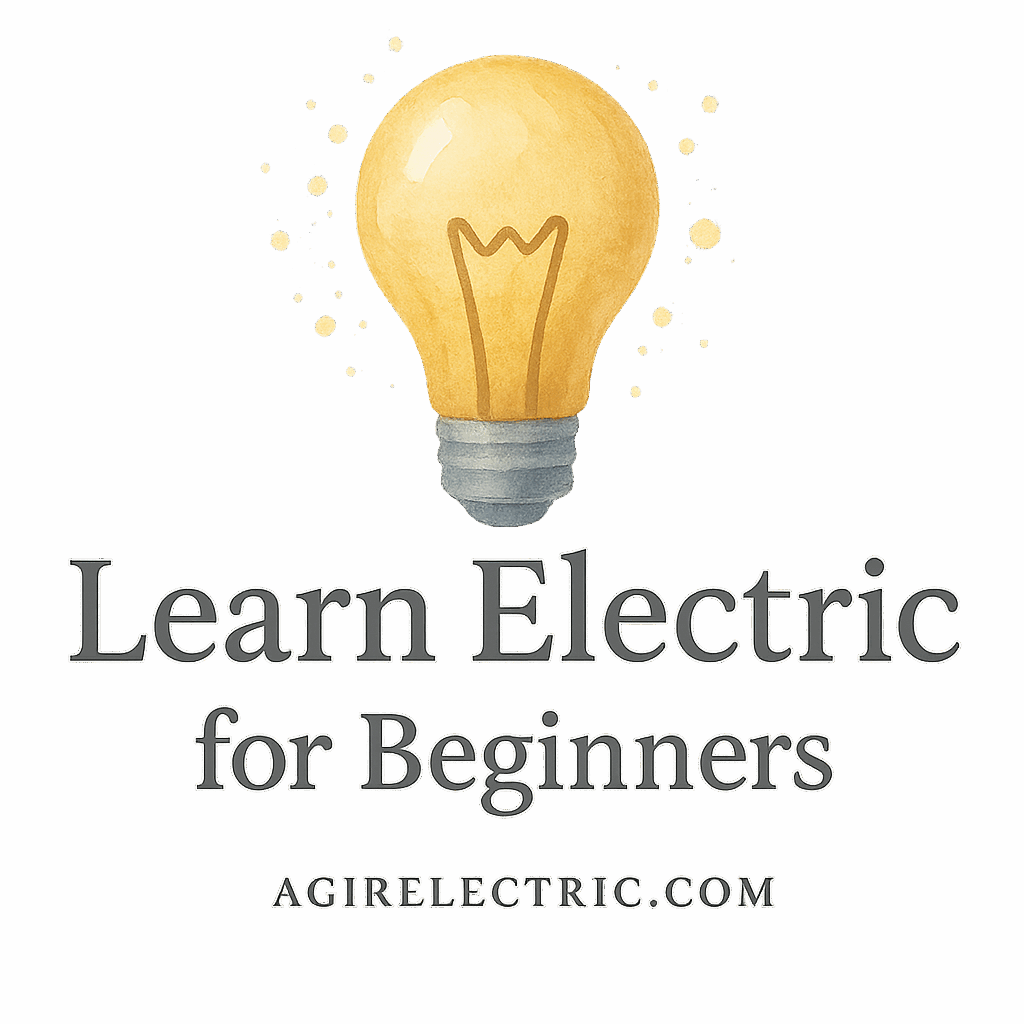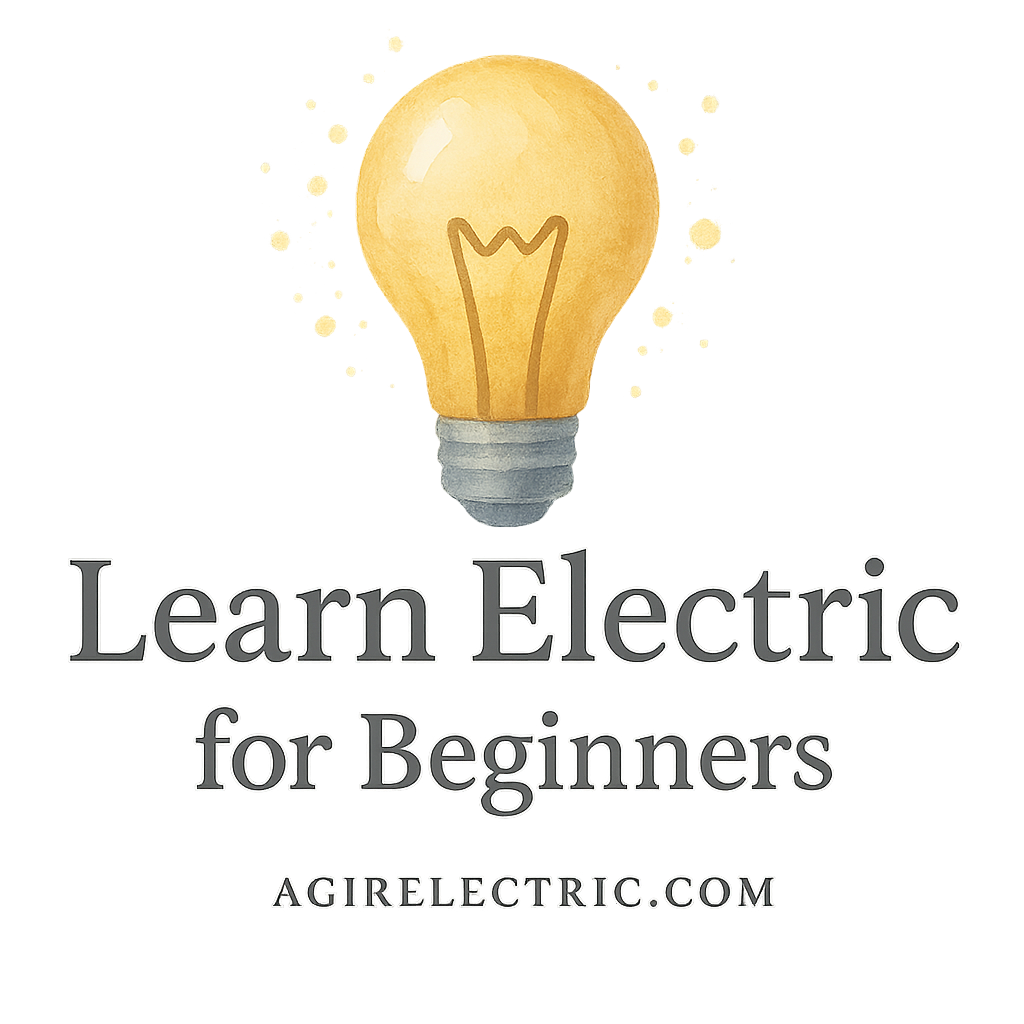Electricity. It’s all around us, powering everything from your smartphone to your refrigerator. But have you ever stopped to wonder how it actually works? Don’t worry — you’re not alone. In this guide, we’ll break down the 6 core principles of how electric power works in a super simple, down-to-earth way.
Whether you’re a homeowner, a curious DIYer, or someone just starting to learn about electricity, this article will help you understand the basics, avoid common mistakes, and take on projects with more confidence. Plus, we’ll link to helpful resources from AGIR Electric to dig deeper.
Introduction to Electric Power
Electric power is the invisible force that keeps our modern lives humming. It heats, cools, illuminates, and entertains — but behind all that magic are a few simple principles that explain how it works.
Ready to crack the code? Let’s dive into the six essentials that make electric power tick.
Principle #1: Voltage – The Driving Force
What is Voltage?
Voltage is like the pressure in a water hose. It’s what pushes electricity through wires. Without voltage, electricity wouldn’t flow at all.
Technically, it’s the potential difference between two points — measured in volts (V). The higher the voltage, the more “push” electricity has.
How Voltage Powers Your Devices
Every device you own is designed to run on a certain voltage. Too low, and it won’t work. Too high, and you’ll risk frying it. That’s why most home outlets in the U.S. deliver around 120V — just enough to power household items safely.
Want to go deeper? Check out Electric Basics for Beginners for more clarity.
Related Beginner Resources
Principle #2: Current – The Flow of Electricity
Understanding Electrical Current
If voltage is pressure, current is the flow of electricity itself. Measured in amperes (amps), current tells you how much electricity is moving through a wire.
The two types of current are:
- Direct Current (DC): Flows in one direction — found in batteries.
- Alternating Current (AC): Changes direction — used in home wiring.
AC vs DC Current
Most homes use AC power because it’s easier to transmit over long distances. Meanwhile, DC is common in electronics and anything battery-powered.
Tools to Measure Current
To measure current safely, use a multimeter. You can learn more about how to use it at our Electric Tools & Equipment page or browse our Multimeter Tag.
Principle #3: Resistance – The Electrical Brake
What is Electrical Resistance?
Resistance is the force that slows down the electrical current. It’s like the rocks in a riverbed that slow the water flow. Measured in ohms (Ω), it determines how easily electricity can pass through a material.
Why Resistance Matters in Circuits
Too much resistance? Your device may not get enough power. Too little? You might overload the circuit and create a safety hazard.
Resistance and Safety Concerns
Many electric fires are caused by poor connections or wires with the wrong resistance. Always double-check your work or refer to our guide on Electric Safety Precautions for expert advice.
You can also explore our Safety Tag and Mistakes Tag to avoid common errors.

Principle #4: Power – The Energy Used
The Formula for Electric Power
Here’s a simple formula you should remember:
Power (Watts) = Voltage × Current
So, if a device uses 120 volts and 2 amps of current, it consumes 240 watts of power.
Measuring Power Consumption at Home
Want to save money on your electric bill? Use a watt-meter or smart plug to monitor your devices’ power use. Then check out Home Electric Projects to explore energy-efficient upgrades.
Principle #5: Circuitry – How Electricity Travels
The Importance of Complete Circuits
Electricity only flows in a complete circuit — meaning it needs a full loop from power source to device and back. If there’s a break, the flow stops. That’s why switches work!
Series vs Parallel Circuits
- Series Circuit: One path. If one device fails, all go down.
- Parallel Circuit: Multiple paths. If one fails, the others keep going.
Parallel is what your home wiring uses.
Troubleshooting Circuit Issues
Got a flickering light or dead outlet? It might be a circuit issue. Head over to Troubleshooting Electric Issues or explore the Troubleshooting Tag.
Also check:
Principle #6: Safety – The Golden Rule of Electricity
Common Electrical Hazards
Electricity is powerful — and dangerous. Common risks include:
- Overloaded circuits
- Exposed wires
- Wet hands or areas
Electric Safety Tips for DIYers
- Always turn off the breaker first
- Use insulated tools
- Wear rubber-soled shoes
- Don’t work alone
Read more at Electric Safety Precautions and explore these tags:
Links to Safety Guides
We highly recommend diving into:
Why Understanding These Principles Matters
Electricity is no longer just for engineers. If you’re a homeowner, renter, or curious DIYer, knowing these principles can save you money, prevent accidents, and give you the power (pun intended!) to fix things around the house.
You’ll also feel a lot more confident when tackling anything from installing a ceiling fan to troubleshooting outlets.
Final Thoughts
And there you have it — the six essential principles that explain how electric power works. From voltage to safety, each one plays a key role in keeping your devices running and your home safe.
Start small. Be safe. And always keep learning.
For more, bookmark AGIR Electric, and browse our:
FAQs
1. What is the difference between voltage and current?
Voltage is the pressure; current is the flow. Think of voltage as the force and current as the movement.
2. Can I learn electricity basics without a background in science?
Absolutely! Start with Electric Basics for Beginners. It’s written just for you.
3. What tools should a beginner own?
At minimum: a multimeter, insulated screwdriver, wire stripper, and safety gloves. Check out our Electric Tools & Equipment list.
4. How do I safely start home electric projects?
Follow guides like Home Electric Projects and review the Safety Precautions first.
5. What are common beginner mistakes with electricity?
Skipping safety steps, using the wrong wires, or overloading outlets. Explore the Mistakes Tag to avoid these.
6. How do I diagnose electrical issues?
Start with Troubleshooting Electric Issues and check the Diagnose Tag for deeper dives.
7. Is it safe to work with electricity myself?
If you follow precautions, yes. But when in doubt, call a licensed electrician.


